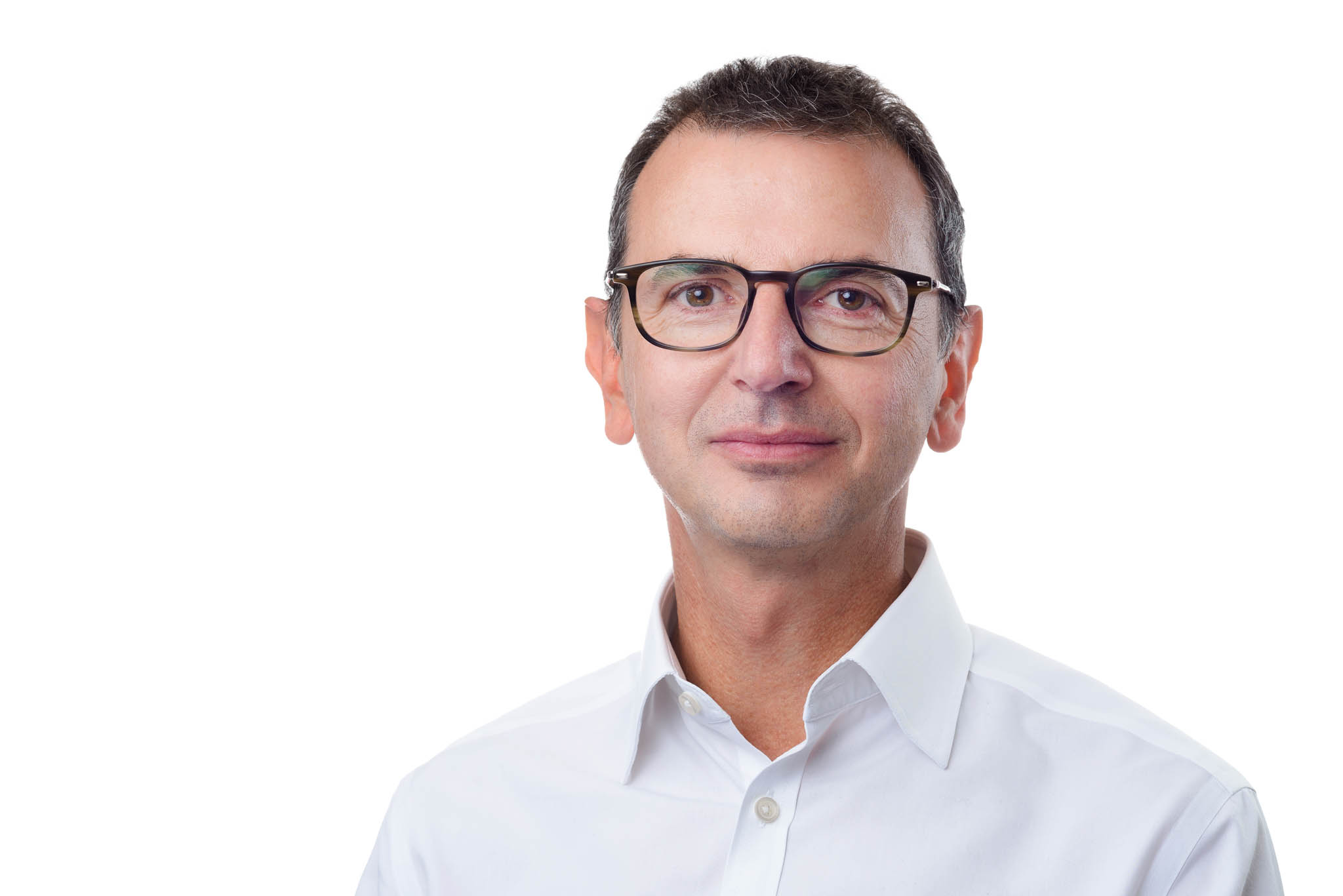
10th March 2023
In recent marketing presentations, we have been highlighting our Multi-Asset Investor’s Toolkit as an important differentiator in our market place that is dominated by low-cost equity/bond solutions. I know from my own experience that any DIY job always ends in disappointment simply because I make do with my limited set of tools instead of nipping to the local B&Q and investing in a full set or even just the one tool that is designed specifically for the job in hand. Simply, having more of the right tools at your disposal should lead to better outcomes.
In the current environment, we are emphasising three of the tools we have in our toolkit; 1) access to a broad investment universe, 2) dynamic management and 3) exploiting valuation dispersion. Hopefully the first two are self-explanatory, but that third one probably requires explaining, particularly as we believe it will be one of the key drivers of our Funds’ returns this year.
First of all, valuation dispersion is not, as you may think, about the extreme valuation gap between traditional value versus growth portfolios that had opened up in recent years as investors favoured growth companies at (almost) any price, while old-economy companies, that many will put in the value camp, remained unloved. To us valuation dispersion is the range of valuations within a specific asset class, but currently valuation dispersion is very wide across many sectors making it possible for active fund managers to build cheap portfolios, even though the asset class in which they invest in aggregate is expensive.
A very good example of this phenomena is the US equity market. At the index level, according to Robert Shiller (see here) the S&P 500 Index is currently trading on a price to earnings (PE) ratio of 21.6x, roughly the same level it traded at 5 years ago (but did get close to 40x in late 2020 which was almost as high as the TMT bubble in 2000). The long-term average PE ratio, using 150 years of data, is 16x. Not only is the current valuation above the average, one could argue that the current inflationary environment is reminiscent of the 1970s, and more deserving of a sub-10x valuation that was reached in the second half of that decade. If the S&P 500 derated to 10x, investors would lose more than 50% of their capital (assuming no change to earnings). We think that data allows us to call the US equity market expensive and vulnerable to significant capital losses, which would not be good news for passive market cap weighted index trackers (or indeed, for most large benchmark-aware active funds).
However, despite that backdrop, we have been able to identify a US equity fund that owns a portfolio trading on a current PE ratio of around 8x, a rating that we would regard as cheap and offering a decent margin of safety. That fund is called De Lisle America and has been constructed specifically with the 1970s playbook in mind, when a short duration and low PE ratio strategy (i.e. not the high growth stocks that dominate the index) worked well. The portfolio is full of the classic old economy companies like banks, energy and retail, that will do alright as long as we don’t experience a very deep recession. The manager, Richard de Lisle, has been investing in US equities for 40 years, over which time he has outperformed the S&P 500, including last year when the fund was marginally up compared to the index down 8% (GBP total return, source FE fundinfo). He calls this market the cheapest of his career (contrasting with an index as close to all-time expensive valuations) and believes investors need to adapt their investment strategies in light of the new world we are investing in. We have other examples across UK, Japan and Asian equities, sterling corporate credit, property to name but a few, which explains how we can feel confident on the prospective returns for the years ahead.
If we enter a regime where valuation becomes important again, and those periods tend to coincide with higher interest rates and inflation when money has a cost, then active managers with a bigger toolkit should be able to outperform the passive options that have done well so far with their hammers and screwdrivers.
Daniel Lockyer – Senior Fund Manager

For professional advisers only. This article is issued by Hawksmoor Fund Managers which is a trading name of Hawksmoor Investment Management (“Hawksmoor”). Hawksmoor is authorised and regulated by the Financial Conduct Authority. Hawksmoor’s registered office is 2nd Floor Stratus House, Emperor Way, Exeter Business Park, Exeter, Devon EX1 3QS. Company Number: 6307442. This document does not constitute an offer or invitation to any person, nor should its content be interpreted as investment or tax advice for which you should consult your financial adviser and/or accountant. The information and opinions it contains have been compiled or arrived at from sources believed to be reliable at the time and are given in good faith, but no representation is made as to their accuracy, completeness or correctness. Any opinion expressed in this document, whether in general or both on the performance of individual securities and in a wider economic context, represents the views of Hawksmoor at the time of preparation and may be subject to change. Past performance is not a guide to future performance. The value of an investment and any income from it can fall as well as rise as a result of market and currency fluctuations. You may not get back the amount you originally invested. FPC911.
